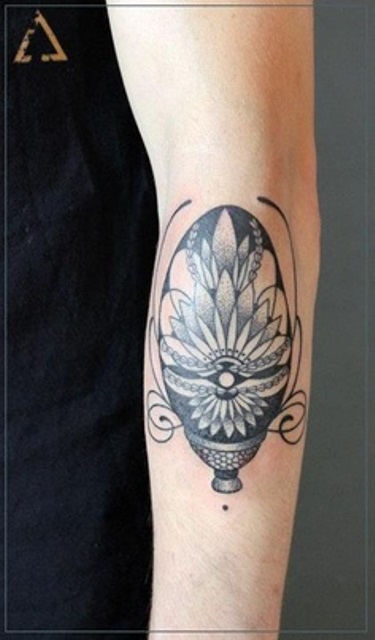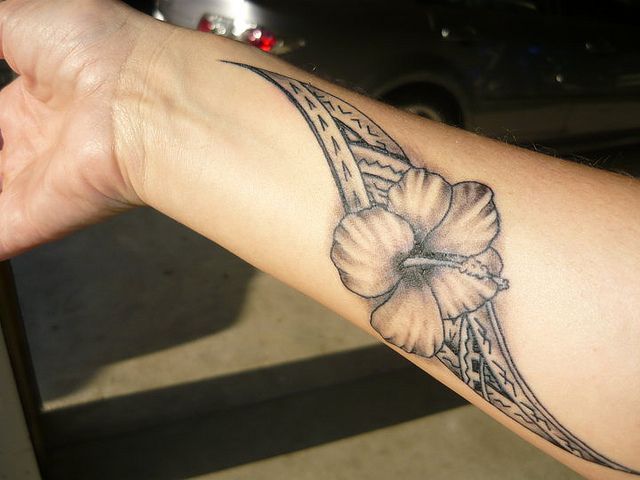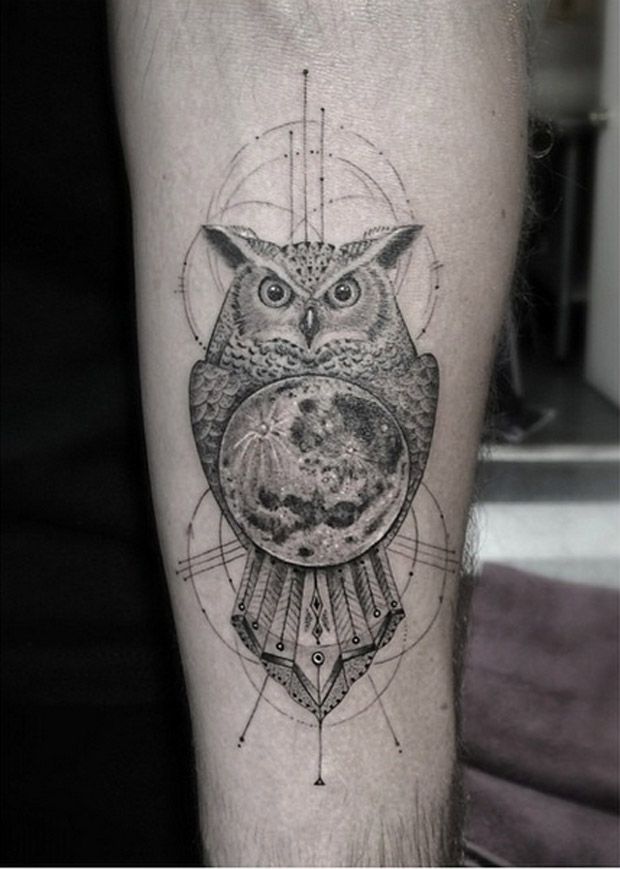Artistic Influences on Claude Monet

Oscar-Claude Monet was born on 14 November 1840 and died on 5 December 1926. He was a French painter and founder of French impressionist painting. As an Impressionist, he always attempted to paint nature as he perceived it. Influences on Claude –
As the father of Impressionism, he influenced many artists during his time and even after his death. But it is essential to know that Monet himself was also influenced by other artists he associated with.
You can often understand some of Claude Monet’s artworks better if you know more about the different artistic influences of people and art philosophies on him. To learn more about Monet as an artist, you must understand these influences. Hence, it’s not enough to only check out the Claude Monet paintings – you also have to know why the work was painted that way and about Influences on Claude .
Early Influences
Monet was raised in Le Havre (Normandy), and his mother enticed him to become interested in the outdoors, and he started to draw at a very young age. Unfortunately, his mother died in January 1857 when he was sixteen. After that, he went to live with his aunt, Marie-Jeanne Lecadre. She helped him to attend the Académie Suisse.
There was no formal tuition at the Académie Suisse. The great value of attending the Académie was that artists met there and discussed trends and techniques. These discussions influenced Monet in his early years. He also kept in contact with many of the artists he had met there, and they often discussed new trends and techniques and even worked together. Through the years, they kept on influencing each other.
Auguste Renoir was a classmate of Monet, and interestingly, although they shared and discussed many aspects of their artistic expression, they had two different preferences in themes. Monet mostly painted outdoor landscapes with occasionally a human figure in the painting, while Renoir mainly painted human figures using outdoor landscapes as background.
Monet Met Eugene Boudin
Eugène Boudin had a key influence on Monet. Boudin convinced him to change from creating caricatures to becoming a real painter when they met. The 18-year-old Monet met Eugène Boudin in 1858. Boudin was 34 years old, and he recognized Monet’s talent.
At that time, Monet was earning his living in Paris by creating caricatures. Boudin told Monet that he was wasting his talent. He told Monet that his caricatures were fun, but it was not real art. He convinced Monet that “art” meant painting.
Influence of the “Plein Air” Concept
Boudin encouraged Monet to paint landscapes. Monet took Boudin’s suggestions to heart and spent a lot of time painting with Boudin on the coast and in the countryside.
Boudin introduced the concept of “plein air” painting to Monet. “Plein air” painting is the art of painting outdoors. This method contrasts with studio painting and academic rules that, in many instances, might create a predetermined look at the subject.
When Monet painted outdoors with Boudin, they used portable easels and the then recently invented tubed paint. Monet later said that it was just like a curtain opened in front of his eyes. He suddenly understood what life and art were all about – and he had found his life’s calling.
Influence of His Military Service in Algeria
Monet was called for military service from 1861 to 1862 and served under Algeria’s Chasseurs d’Afrique (African Hunters). His time in Algeria had a significant effect on Monet and his paintings.
Monet later said that he had discovered the light and vivid colors of North Africa and that the “North African light and colors contained the germ of his later researches.” He became ill in Algeria and returned to Le Havre, where he met Johan Barthold Jongkind,
Johan Barthold Jongkind’s Influence
Jongkind is regarded as one of the forerunners of Impressionism and painted marine landscapes in an accessible manner. He became, just like Boudin, an essential mentor to Monet.
Jongkind’s short brushstrokes and attention to the effects of sunlight and shadow emerged in the late 1830s and 1840s and would prove influential for an entire generation of Impressionist painters. This technique and his Impressionism ideas culminated in Claude Monet artworks.
Monet later said that from the moment he had met Jongkind, Jongkind was his true master. Monet noted that it is to Jongkind that he owed the “definitive education of his eye.”
By 1864, Jongkind and Monet often sketched together in the harbor town, Honfleur. During this time, Monet was influenced by Jongkind’s practice of executing fluid watercolor and oil sketches in “plein air,” to be used toward his studio paintings. As a result, Monet developed this technique further.
Influences during Monet’s London period
During the Franco-Prussian War in the 1870s, Monet avoided conscription by living with his family in London and the Netherlands.
While living in London, Monet became friends with an art dealer, Paul Durand-Ruel. This friendship had a significant influence on his career. At the art dealership, he saw and admired the works of John Constable and J. M. W. Turner. He was impressed by the way Turner treated light. He was especially intrigued by the works depicting the fog on the Thames. As a result, Monet repeatedly painted the Thames, Hyde Park, and Green Park.
Influenced by Japanese Art
Monet was greatly influenced by Japanese printmaking, screen printing, and wood blocking. Monet loved the linearity and stylizations of Japanese prints – characteristics you can find in Monet’s monochrome color schemes of his paintings. He said later that Japanese art had shaped the way he saw landscapes, nature, and modern life.
Pool with Water Lilies – Claude Monet
Monet’s “Water Lilies” series was inspired by Japanese art. The large size of the paintings creates a sense of calm and purity – characteristics of Japanese prints. “The Waterlily Pond” and “Green Harmony” are landscape paintings with an almost sacred look.
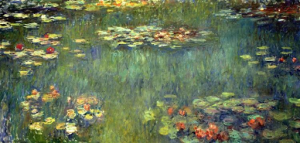
The Waterlily Pond – Claude Monet
Last Thoughts
When you check Claude Monet’s famous paintings, you realize that although they are unique individual works of art, you can detect the influences of other artists in his paintings. Many art critics agree that Monet’s ability to learn from others made him such a great painter.
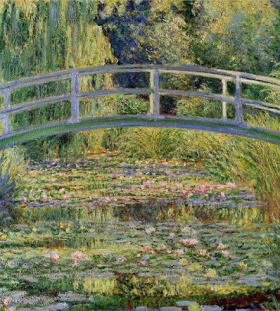

 Tagged:
Influences on Claude meaning, Influences on Claude monet
Tagged:
Influences on Claude meaning, Influences on Claude monet




